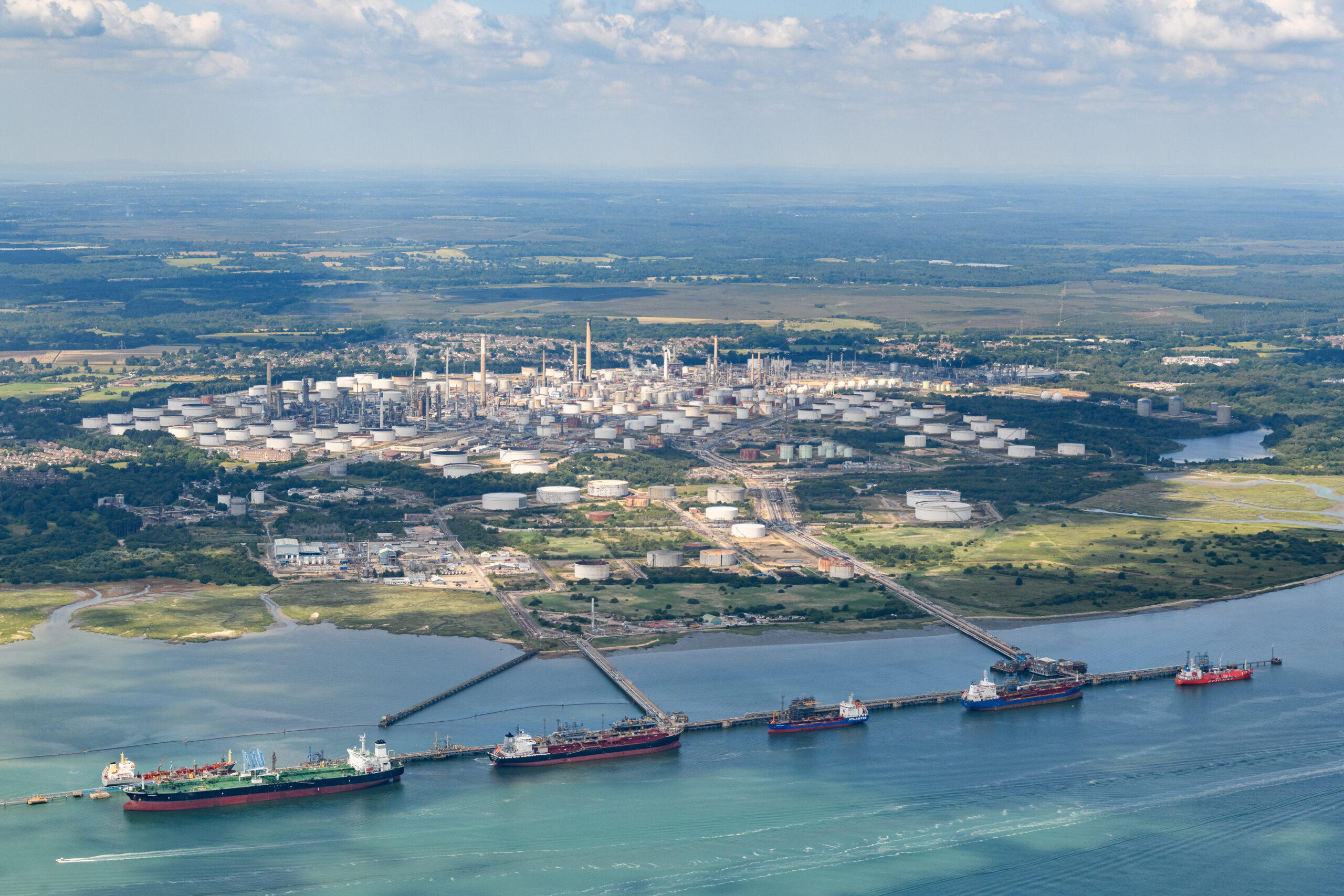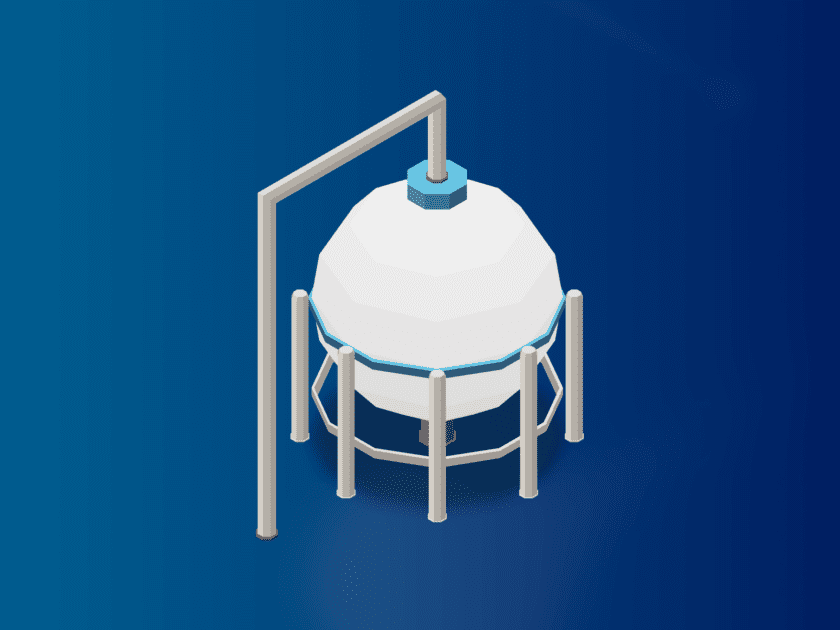Safe, reliable, low carbon – the fuels of the future
With demand for global transportation of passengers, products and raw materials continuing to rise, the aviation and maritime sectors must undergo a transformation that will significantly contribute to the Net Zero 2050 target.
Sustainable fuels are one of the key solutions to this objective. They are low and zero-emission, energy-efficient, affordable fuels that will in time be used more widely for many forms of transportation.
New and developing facilities and infrastructure in The Solent Cluster region, will create sustainable fuel for marine, aviation, road transport and other sectors, as well as offering the prospect of low carbon hydrogen to provide power and heat to businesses and communities in the area and beyond.
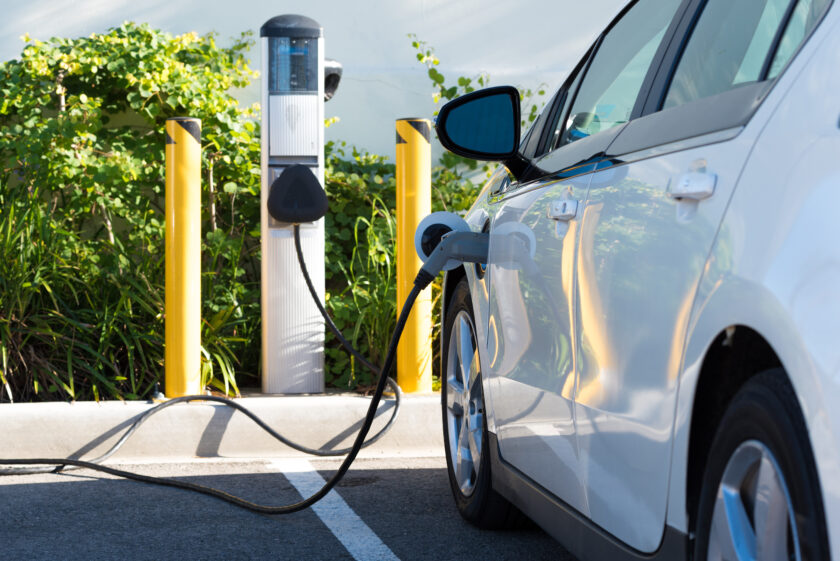
What are sustainable fuels for transportation?
In a nutshell sustainable fuels are synthetic fuels that can help achieve substantial reductions in emissions, can be delivered to the end recipients using existing infrastructure and be utilised to power existing engines with little or no modifications. Two key examples are Alternative aviation fuel (AAF) and Sustainable marine fuel (SMF).
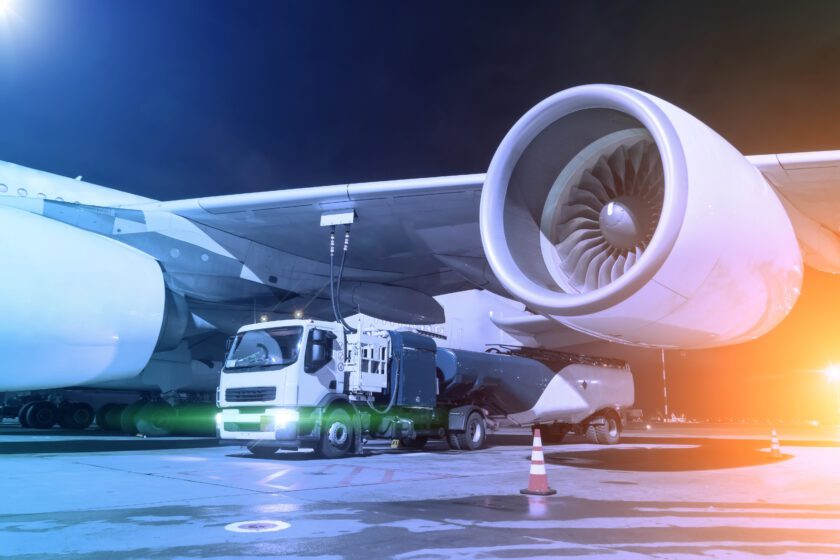
Alternative Aviation Fuels (AAF)
In the production of fuels, replacing crude oil with renewable raw materials helps combat climate change and prevents significant amounts of greenhouse gas emissions such as CO₂ from entering the atmosphere.
As with many sectors, UK aviation has committed to achieving Net Zero emissions by 2050. Alternative Aviation Fuels (AAF) has been identified as one of the key elements in helping to reduce the aviation sector’s net carbon emissions levels from just over 30 million tonnes of CO₂ per year down to zero by the 2050 target.
“With the world’s third largest aviation network and a proud history of aviation innovation, the UK is in a prime position to lead the global transition to a Jet Zero future.”
Matt Gorman, Chair of Sustainable Aviation
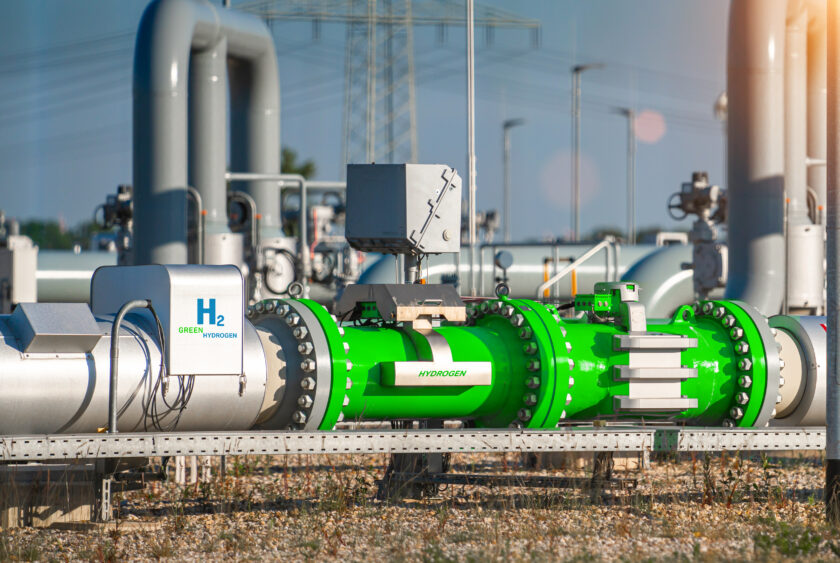
What is AAF and how is it produced?
“Alternative Aviation Fuels (AAF) is a next generation aviation fuel, a liquid fuel that can reduce CO₂ emissions by up to 80% compared to fossil jet fuel.”
The International Air Transport Association (IATA) is the trade association for the world’s airlines, representing some 300 airlines or 83% of total air traffic.
Traditional aviation fuel is a high-density kerosene based fuel with high carbon emissions. Alternative Aviation Fuels (AAF) is created using a range of waste sources including used cooking oil, municipal waste, forestry and agricultural waste, carbon captured from the air and renewable raw materials.
Manufactured here in the Solent, Exxon Mobil’s proprietary pipeline infrastructure could deliver SAF locally and to airlines operating from London airports aiding the transition to lower-emission fuel use.
Did you know…
- In 2016 500 flights used SAF
- In 2022 450,000 flights have used SAF
- By 2025 2 million flights will use SAF
- And more than 50 airlines now have experience with SAF
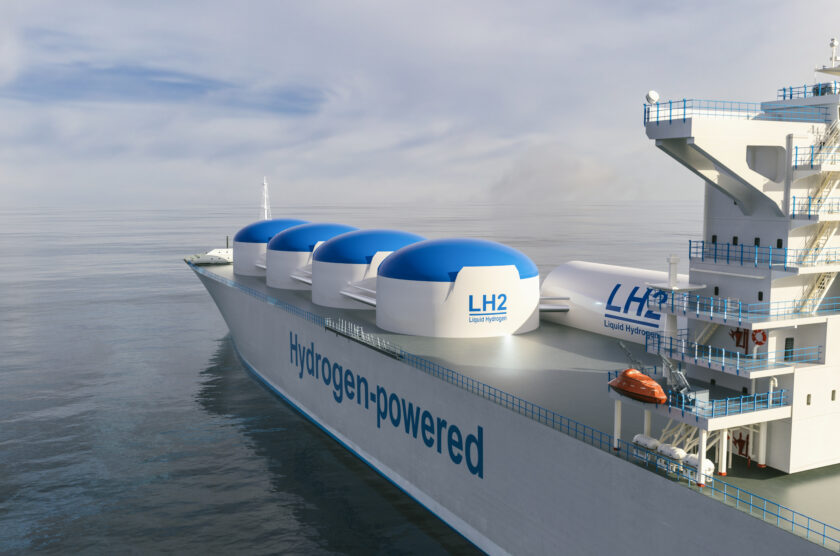
Sustainable Marine Fuel (SMF)
Compared to road transport and aviation, shipping is far less carbon-intensive, however it still emits significant amounts of greenhouse gases into the atmosphere.
Although most recreational boats and smaller marine vessels can be powered by batteries or hydrogen fuel cells, many larger vessels need petroleum-based fuels to support longer global voyages.
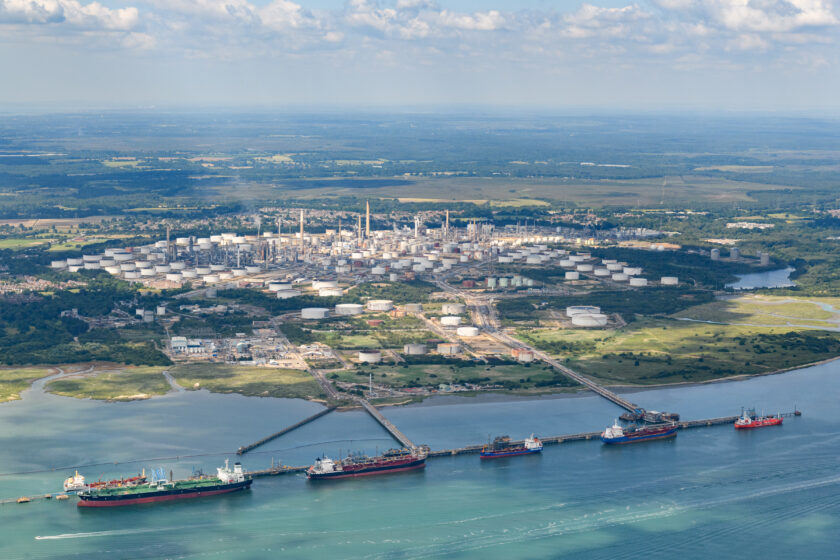
What is SMF and how is it produced?
Sustainable marine fuels carry a far lower carbon footprint and are critical for the future of vessels used on inland waterways and for short sea shipping as well as longer distance and deep-sea shipping.
Existing marine engines and their supporting infrastructure can use drop-in marine fuels without many alterations and this change could immediately assist in reducing CO₂ emissions. Types of drop-in fuel include:
- Renewable diesel
- Biodiesel
- Hydrotreated vegetable oil
- Bio-oil
- Bio-crude
Emerging marine fuels have the potential for zero or extremely low CO₂ emissions but will take longer and cost more to implement as design and manufacture changes would be required.
Types of emerging fuel include:
- Bio-methanol
- Lignin-alcohol mixes
- Bio-based natural gas
With key links to shipping, ports and commercial cruising, The Solent Cluster is perfectly placed to work directly with many of these essential marine businesses and industries to help them lower their CO₂ emissions and build energy security in the maritime sector.

How can The Solent Cluster help?
Through new hydrogen production facilities, the Solent can lead the way in creating low carbon fuels for the maritime industries, on which much of our region’s economic prosperity depends. Uniquely, it can also put the Solent at the heart of Alternative Aviation Fuels production in the UK, leveraging new pipeline connections to Heathrow and Gatwick airports.
